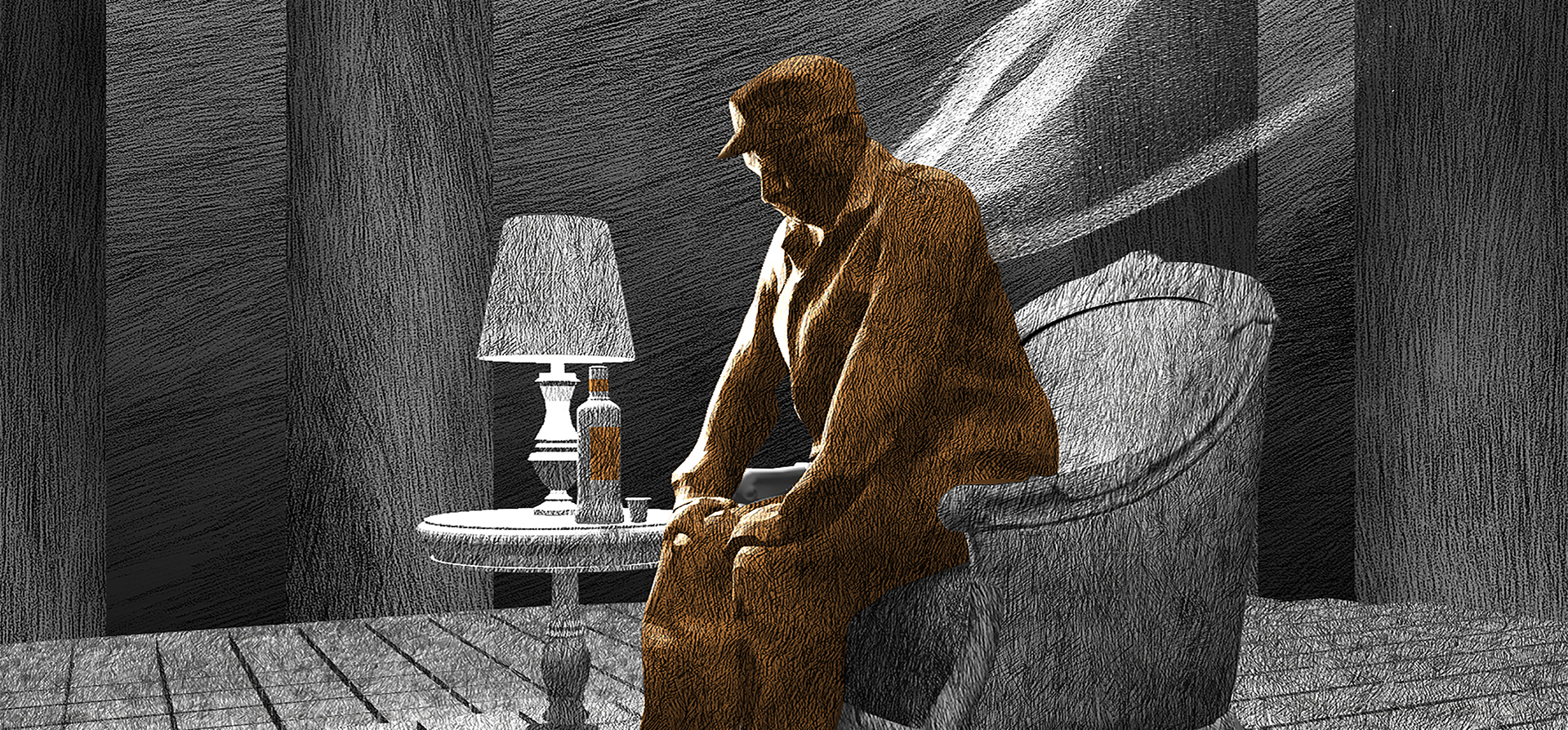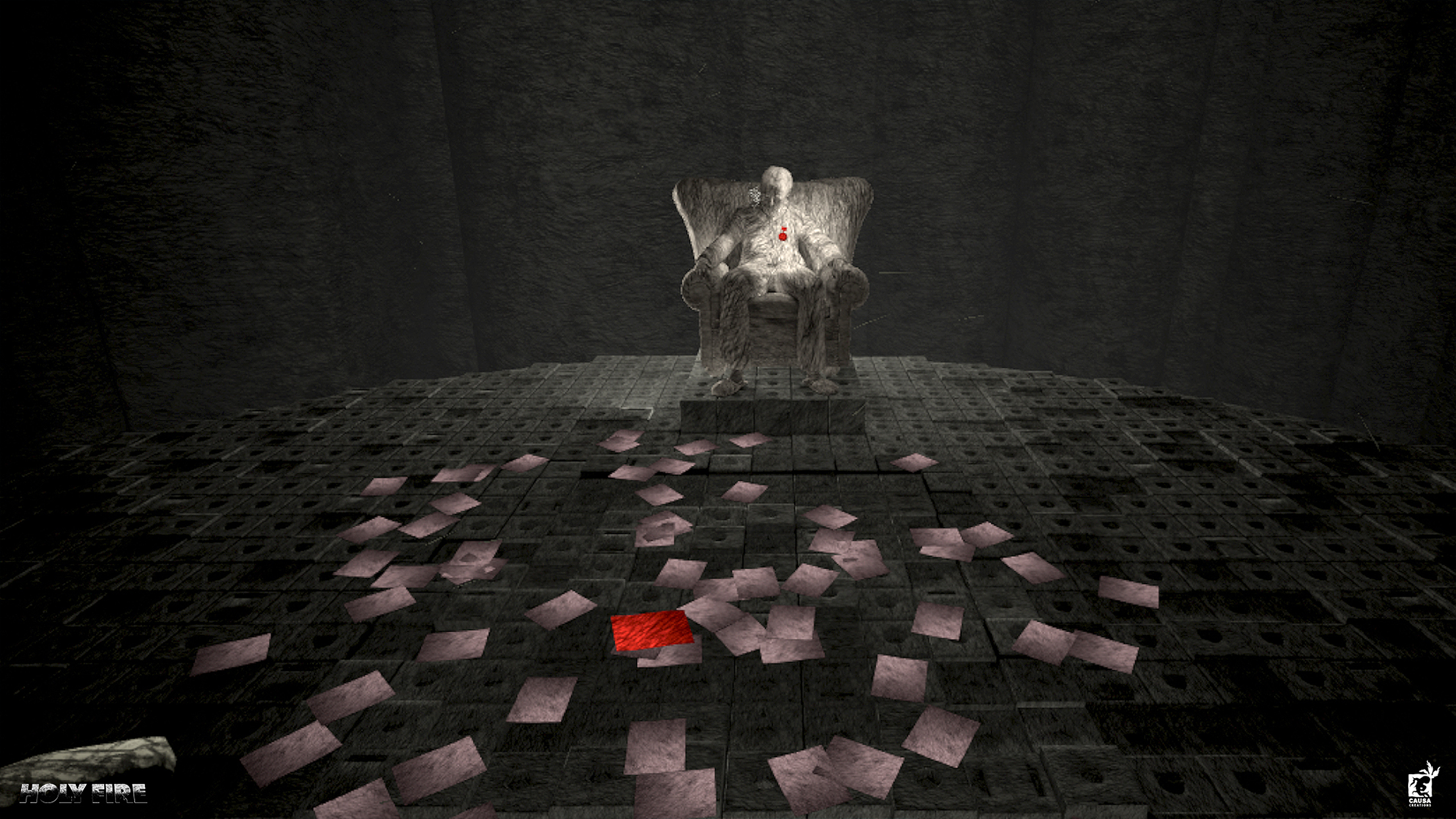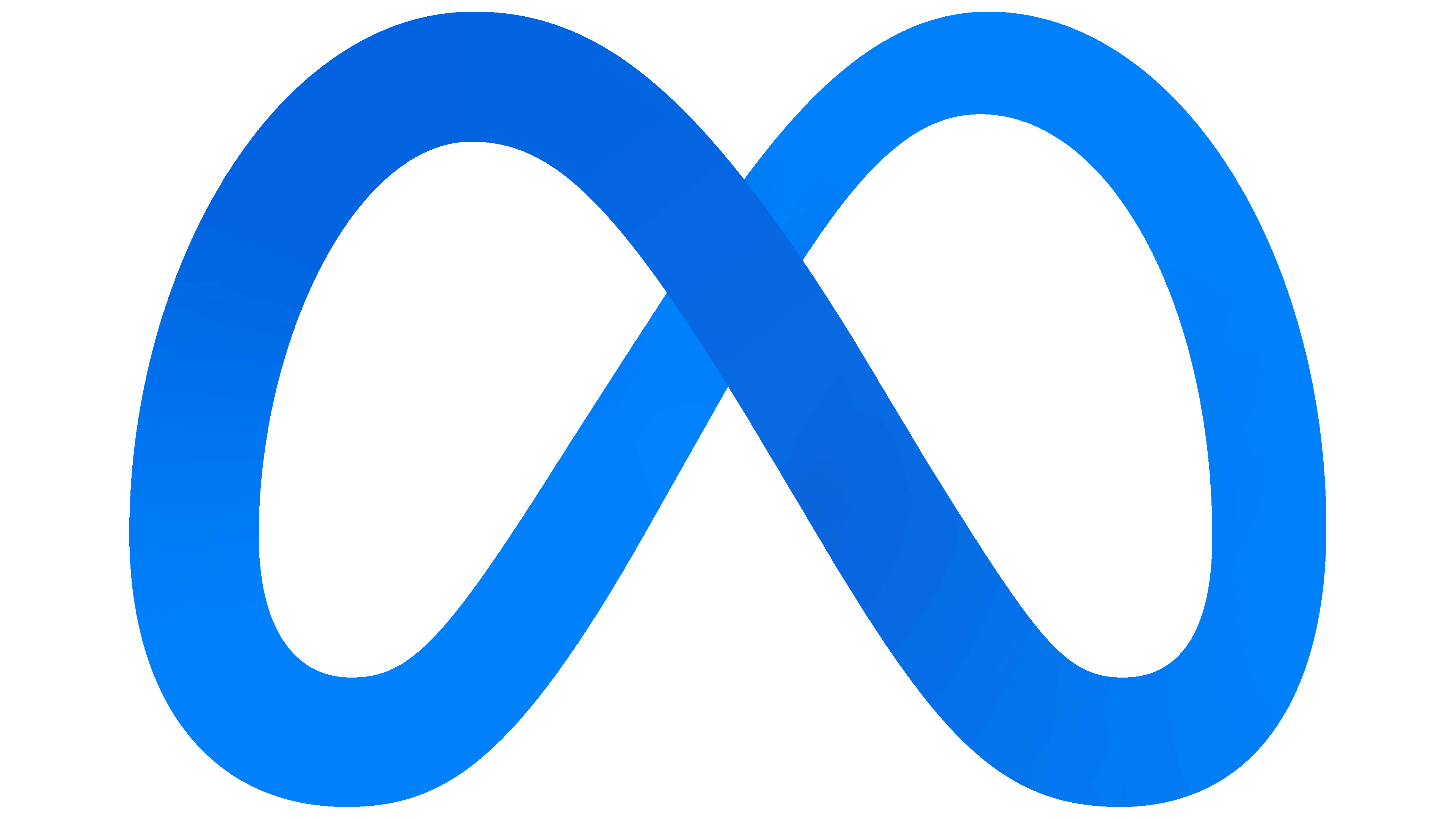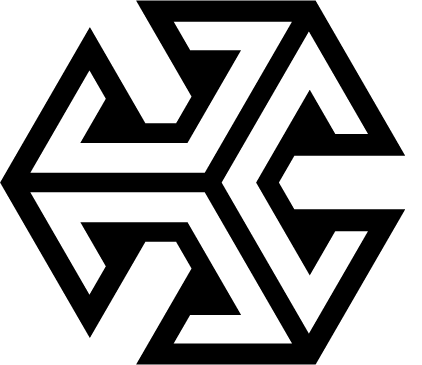The process behind Holy Fire
The Premise (what we tried to achieve)
-
Holy Fire is a documentary virtual reality experience about the seductive and destructive forces of nuclear energy. The project was inspired by the play "Chernobyl - a Chronicle of the Future" by the project’s co-initiators, Alireza Daryanavard and Geraldine Massing. It is dedicated to exploring the "Promethean fire" of nuclear energy in the civilian sector, and portrays a slice of events about the past, present, and future of nuclear energy.
-
The process was a collaborative effort between a game development company, a team of artists and developers, and specialists from the fields of art, VR, and science. Besides the communication of the topic, the secondary goal of the project was to explore the feasibility of using artistic research to develop an experience that would provide players with a unique and engaging exploration of this topic in the format of Virtual Reality.
Laboratory
-
The project began with a 2.5 week laboratory that involved Causa Creations full team of coders, artists, and designers, who worked with set designer Geraldine Massing. In this exploratory phase, the participants debated the subject at hand, possible solutions in VR, sketched out ideas, and used simple means of paper prototyping and VR re-enactment to present them to each other. Looking at the current state of the art regarding VR experiences was also key to this phase. External experts from the fields of technology history (Florian Bettel), artistic research (Victor Morales), VR documentaries (Joanna Popinska and Tom Hall) and nuclear energy (Alireza Daryanaward & an anonymous source from within the IEAE) were brought in or interviewed remotely to facilitate in depth information and inspire the process. The team went to the old nuclear power plant in Zwentendorf several times to learn about the atmosphere and design of nuclear facilities. They also looked at an extensive number of books, documentaries, films, and interactive experiences related to the subject.
-
Perhaps the most important input came from Reinhard Uhrig of Global 2000. He gave a day-long workshop on nuclear power and explained in detail why it failed in the past, fails now due to inherent flaws, and is an ill-suited instrument for the future.
-
This phase concluded with the creation of a production plan, a rough script for a potential long play version, and a more detailed draft for a more realistic short format that can be achieved within the scope of the grant.

Production Phase
-
The following phase began with a series of tests to ascertain whether it would be possible to incorporate particular 3D art aesthetics into the game while still adhering to our technical limitations as set forth by the selected VR platform (Quest 2). The team then developed several prototypes to explore selected ideas and approaches to the game design and artistic direction. These prototypes were used to gather feedback and make adjustments to the design. The script draft was worked on until it was an "alpha" version of the scenes, which means it was rough but still finished. Voice actors from Poland and Latvia were recruited and recorded, which significantly contributed to the quality of the narrative component.
-
In this phase, a preview of the game was also presented at various international festivals and symposia, where it received positive feedback from attendees: the Internationale Trickfilm-Festival Stuttgart (May 2022), Ars Electronica’s Extended Animation Symposium (September 2022), and ZIP Scene Conference Budapest (October 2022).
-
The months before the first public playtest in November 2022 were marred by a series of COVID infections that hit that team. This caused significant delays to the original plan and collisions with other projects, but despite delays, the team gave it all they got to polish the game for the upcoming showings and the release for the Quest 2.
-
In the middle of November, the project was ready to be presented to a broader public during the Vienna Art Week at Creative Cluster. This brought valuable feedback for the first release version of the project. In order to allow for future releases of a further developed and extended version, this version is referred to as “the pilot”.

Release and Disseminations
-
”Holy Fire Pilot Version” was released in January 2023 for Quest’s Applab, Sidequest, and on the indie game platform itch.io. This month it was also exhibited in Vienna’s Medienwerkstatt for a three week solo exhibition run that was well received.
-
While we continuously published our progress on our main social media outlets Twitter and Facebook, we produced a series of short videos to launch a presence on TikTok for the weeks before and around this launch. Despite being often misunderstood and sometimes ridiculed by older audiences, it is an excellent tools to reach a younger demographic, who would also beour core audience of players. The orchestrated release of various videos over a short time hit the platform's algorithm dead center, resulting in way over a million views, over a hundred thousand of likes and thousands of comments. This was exactly the public discourse and interest we wanted to create, especially while reaching a younger crowd that normally only is exposed to VR and games mainstream entertainment media.
-
As one of the last official activities during the project phase, we were invited to give the keynote at Vienna’s monthly Game Development Meetup, where we presented the project and its process to the community of local creators, students, professionals, artists, etc.
-
In the immediate future, there are already various plans for further presentation of the project. Already in March, Holy Fire will be shown at the prestigous SXSW Festival in Austin, US, as part of the European Creators Showcase. In the summer of 2023 we will once again curate a game exhibition at one of Europe’s biggest music and art festival, the Sziget Festival in Budapest. Holy Fire will be shown their as part of a selection of games that address environmental topics such as climate change and air polution.

Conclusion
-
In conclusion, the development process for this VR game, respectively its pilot version, was a success, resulting in a what our audiences so far described as a unique and engaging experience that explores the intersection of different artistic disciplines and science. One of the key benefits of using artistic research and exchange in the creation of a VR experience is that it allows to constantely question and renegotiate the medium itself. This can provide a deeper level of engagement and understanding of the medium and the particular topic at hand, as well as offering new ways for us and others to experiment with ideas, visual styles and technologies. The medium, also from a position of market(ing) and distribution, is so new that the rules need to be written from scratch, which fosters exchange and exploration.
-
Overall, we are just at the beginning of both the potential of this technology, but also this particular project. Its full potential and reach will keep on unfolding in the months and maybe even years to come. So far there was an astounding amount of interest that allowed us to show and present Holy Fire at prestigious festivals and venues in various countries. It will certainly circulate further in the near future, while also attracting an audience on various digital platforms and outlets. We are certain that Holy Fire will allow us to participate in the VR realms while they keep in evolving as both a form of artistic expression and a channel to communicate with global audiences.







